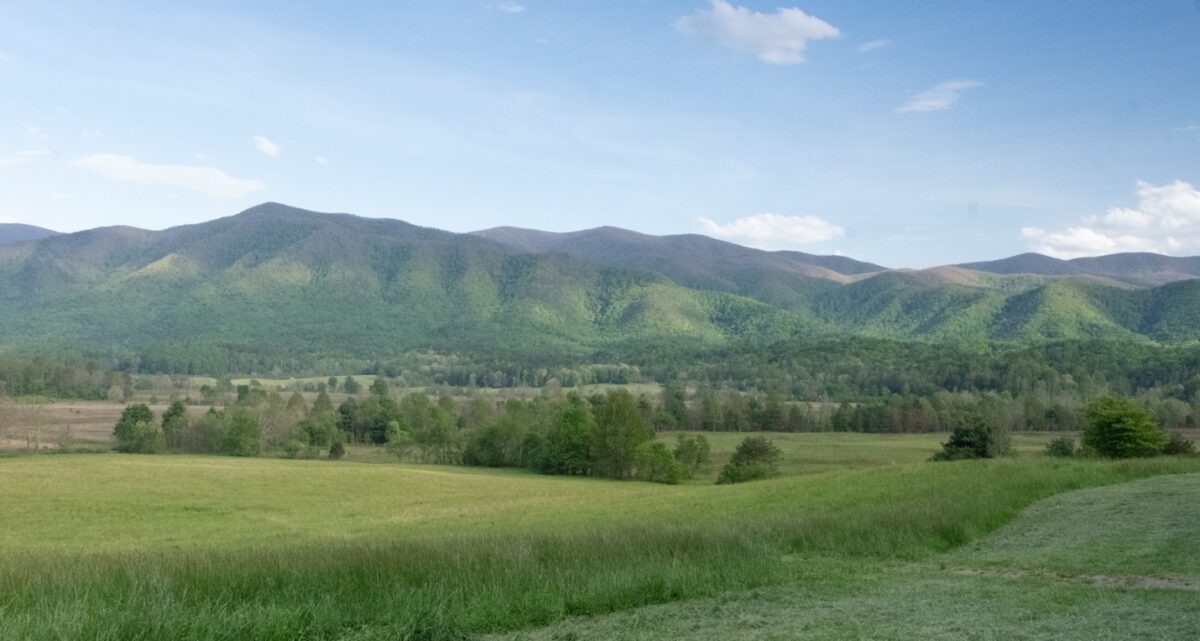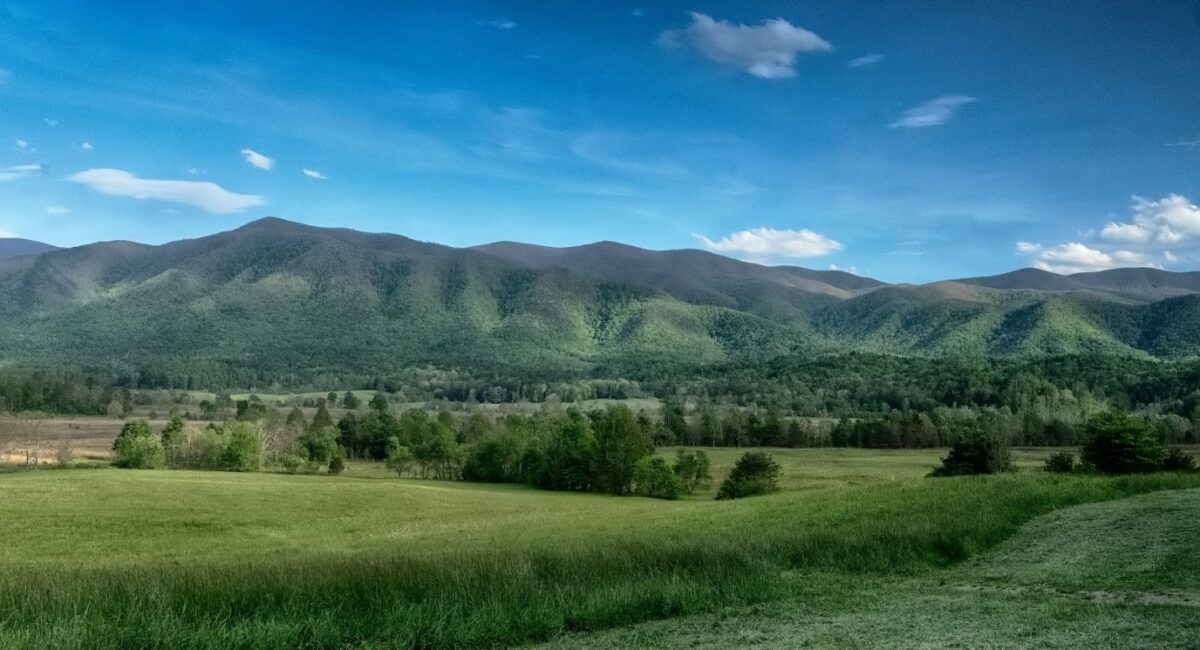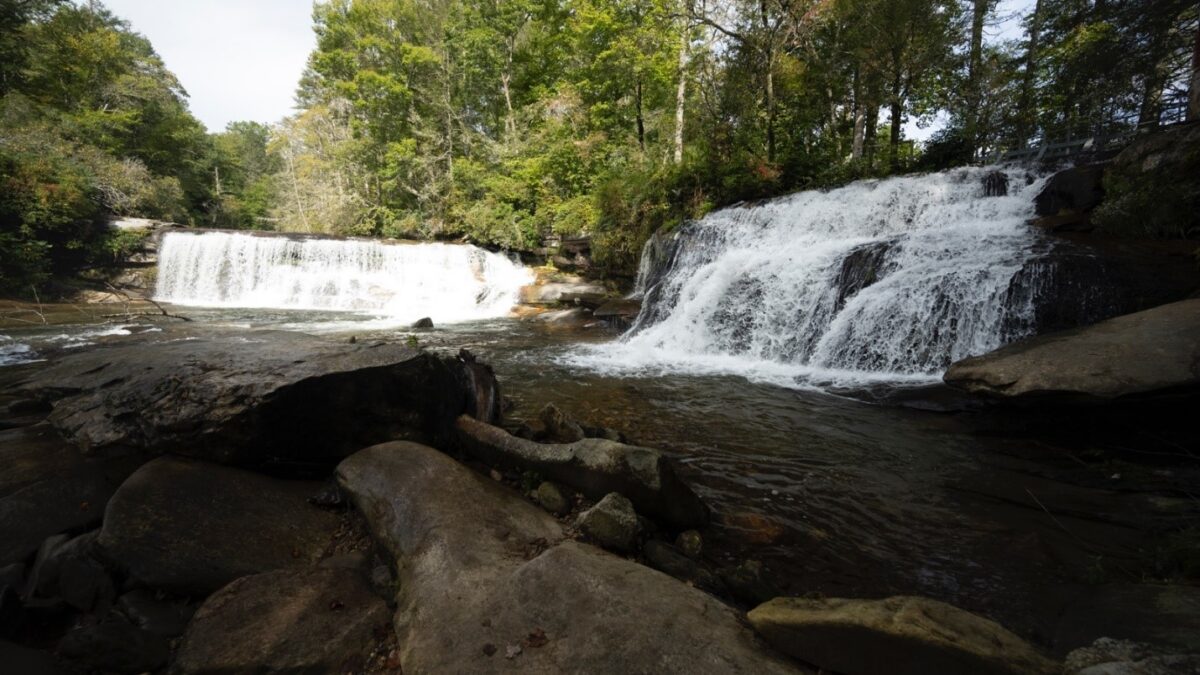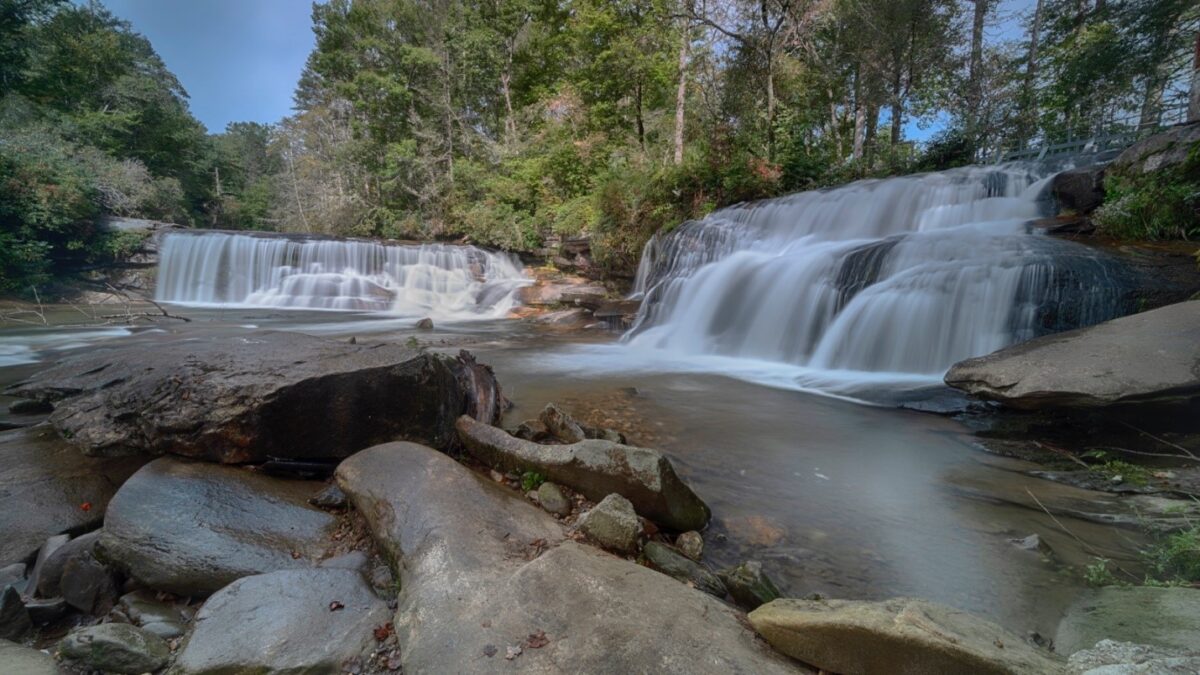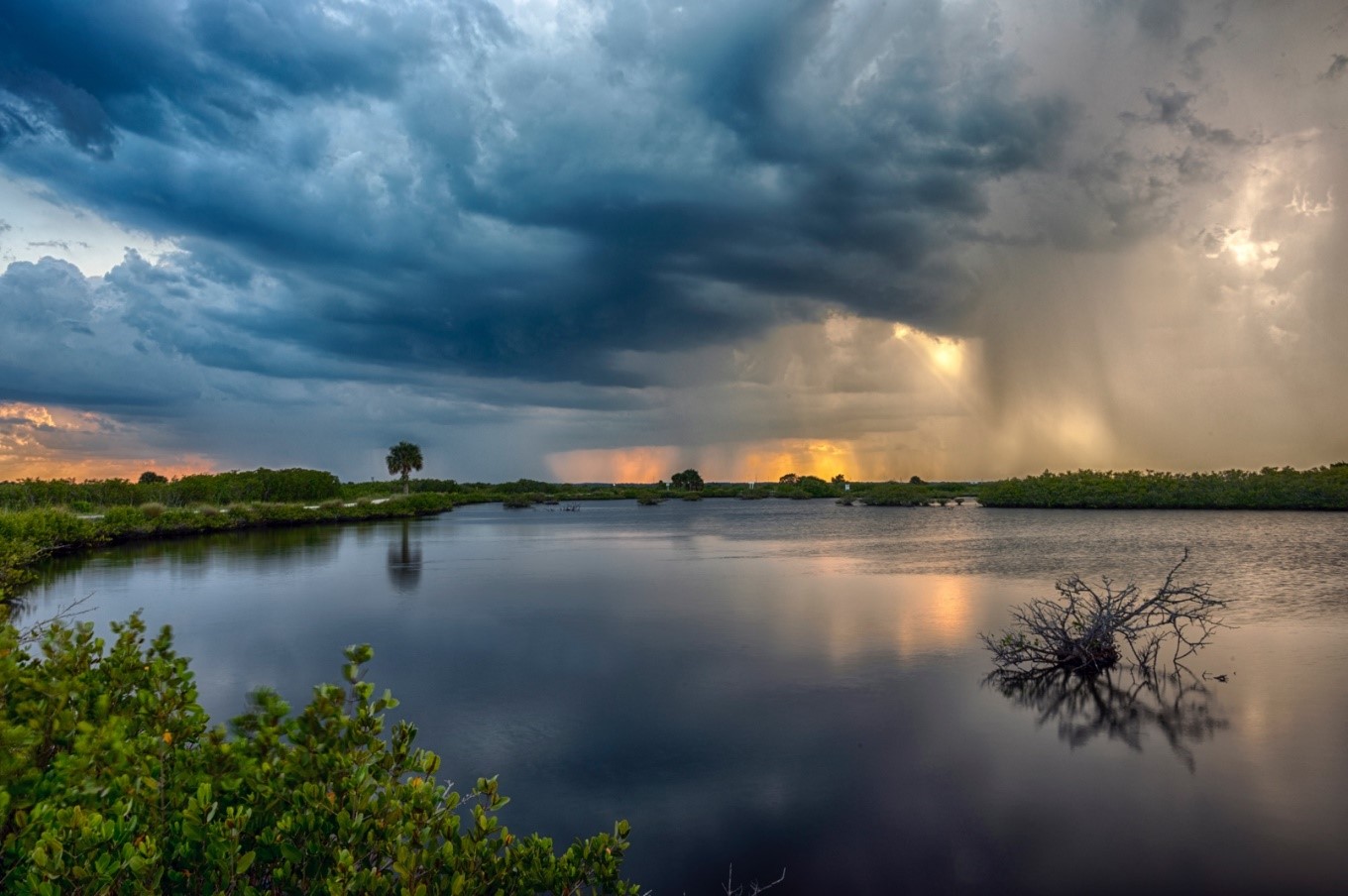
The Extended Grad Filter is an extension of the Galen Rowell graduated filters. The filter is available in 1-Stop through 4-stop densities.
The typical soft grad filter is dark along the top end of the filter. It is placed over the bright part of the sky to even out the exposure with the rest of the scene. This works very well in somewhat even lighting at early morning or the end of the day when you have lower warm light.
When the light is not perfect and you have a large sky area to balance with your foreground, your typical grad filter may not cover enough of the scene. The smaller strip at the top of the filter doesn’t feather down enough into the scene.
My recommendation is the 3-stop and/or 4 stop Extended Grad Filters. Because of the extended dynamic range of these filters, you have a large adjustment range. The 3-stop version goes from about 3-stops down to 1 ½ stops and the 4-stop from 4 stops at the top down to 1 ¾ toward the lower portions of the filter, just before it turns clear.
The extended filter design is a soft grad that covers more sky and foreground area, but still only utilizing about half of the total filter. When the sky is large such as over an ocean, or complex as shown above with sky and foreground subjects, a soft feather from top to bottom creates a natural transition of keeping the exposure contained.
The first image below shows an image in early afternoon light, not much contrast or detail in the image. By positioning the 4-stop Extended Grad filter over the scene and adjusting it into a position to balance the exposure throughout the image, you can achieve results shown in image 2. See photo 1 before the use of a filter and photo 2 after the filter is applied.
Photo 1

Photo 2

The two images Photo 1 & 2, we utilized a combination of a polarizing filter (LB Neutral Polarizer), and the Extended 3-stop Grad Filter. Photo one was taken in mid-afternoon when the sky was very bright, you can see how little contrast and how harsh the scene is.
The second photo shows how both the polarizer pulls in the sky as well as the extended grad filter evening out and blending the transition from the bright sky to the foreground. It has a natural look as the filter drops from 3-stops to 2 stops to 0-stops. The detail in the grass line is also pulled out in our balanced exposure. If we used a standard Grad filter only, the sky would be dark, and the grass area would have an uneven transition from the exposure from sky to ground.
The extended range also helps save an image when you are not shooting in an ideal shooting situation. The two images below (photo 3 and photo 4) show a before photo in very bad light and an after photo where the filter preserved enough information that post processing allowed for an acceptable capture.
Photo 3

Photo 3 shows almost no detail in exposure from the waterfall to the sky, and the foreground is dark and shaded.
Photo 4

Photo 4 shows a balance of exposure throughout the scene. By having a larger transition from dark to light and covering more area on our filter, allows a scene like this to be captured within a dynamic range that the camera can see. The exposure feathers from the sky through the waterfall, and into the foreground. This brings the details out in the shadowed areas of the foreground to balance it to the background.
Just to recap. The Extended Grad Filter is a grad filter like most with one exception, it has a broader transition from its maximum density to zero density. This allows you to cover more of your scene with coverage. In the case of a larger sky area or very uneven light, it affords you a chance to balance the exposure over the entire range of the scene.
Feel free to email me with any questions.

